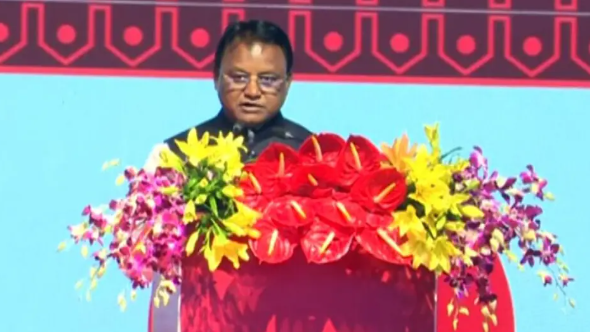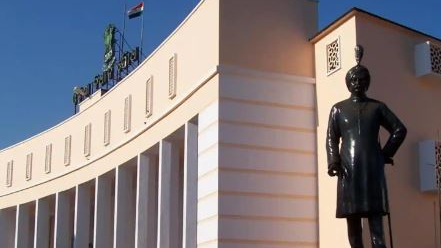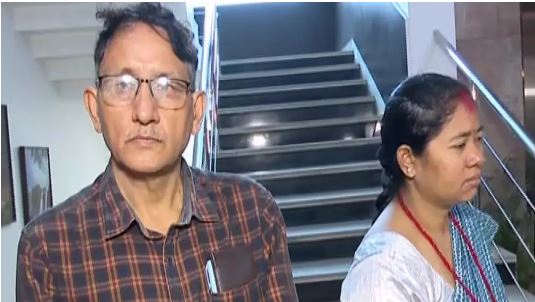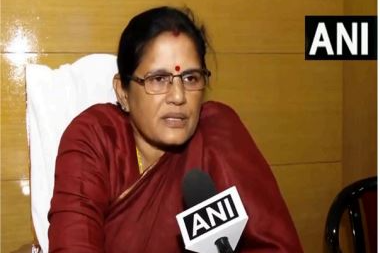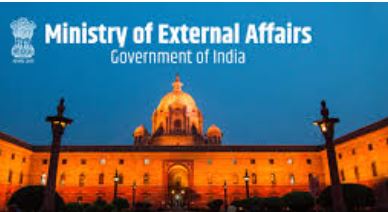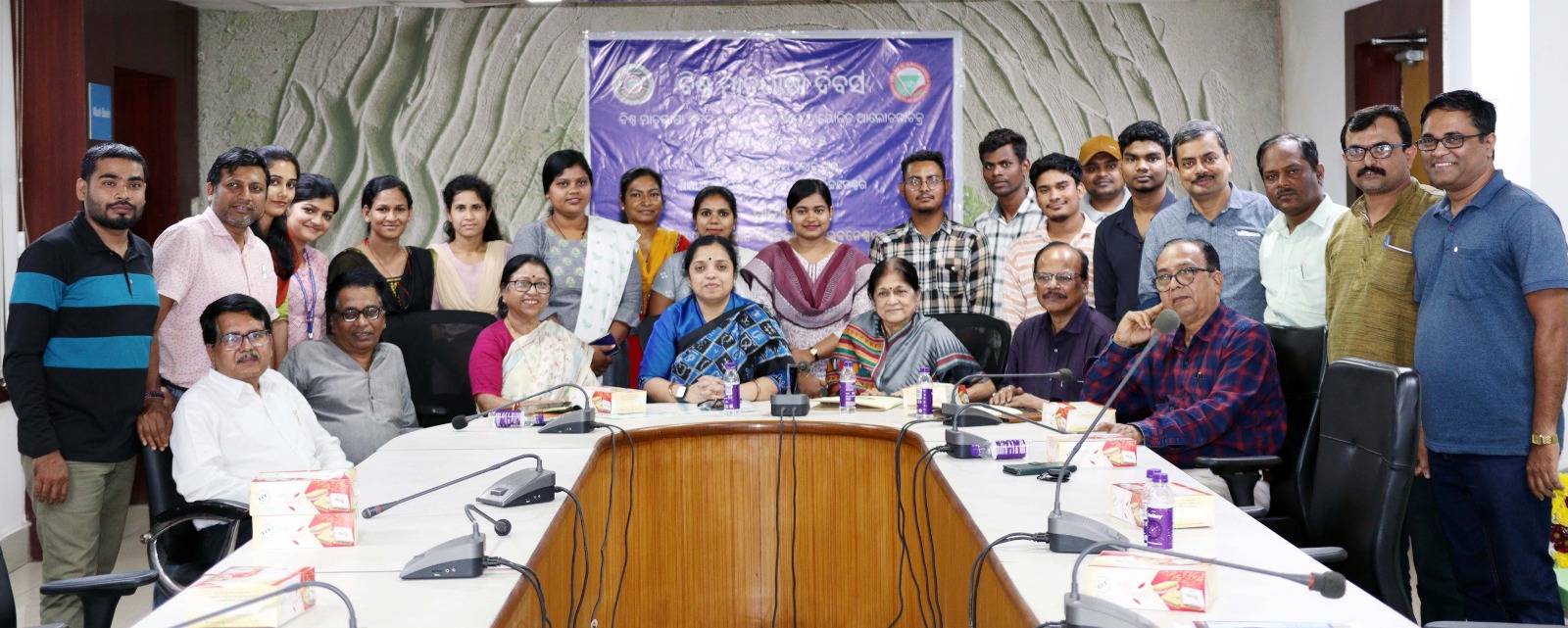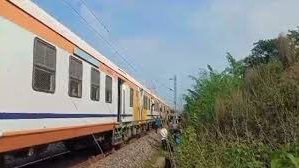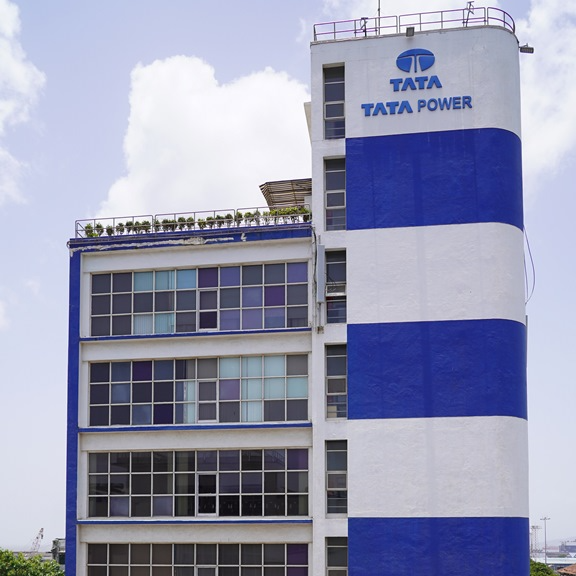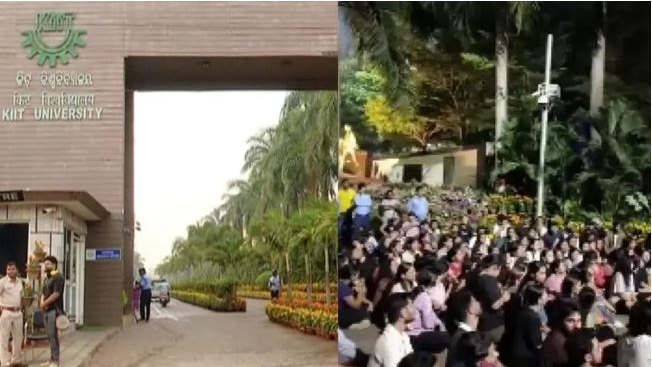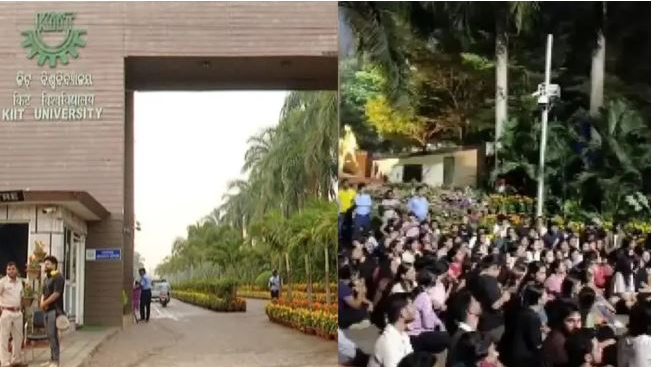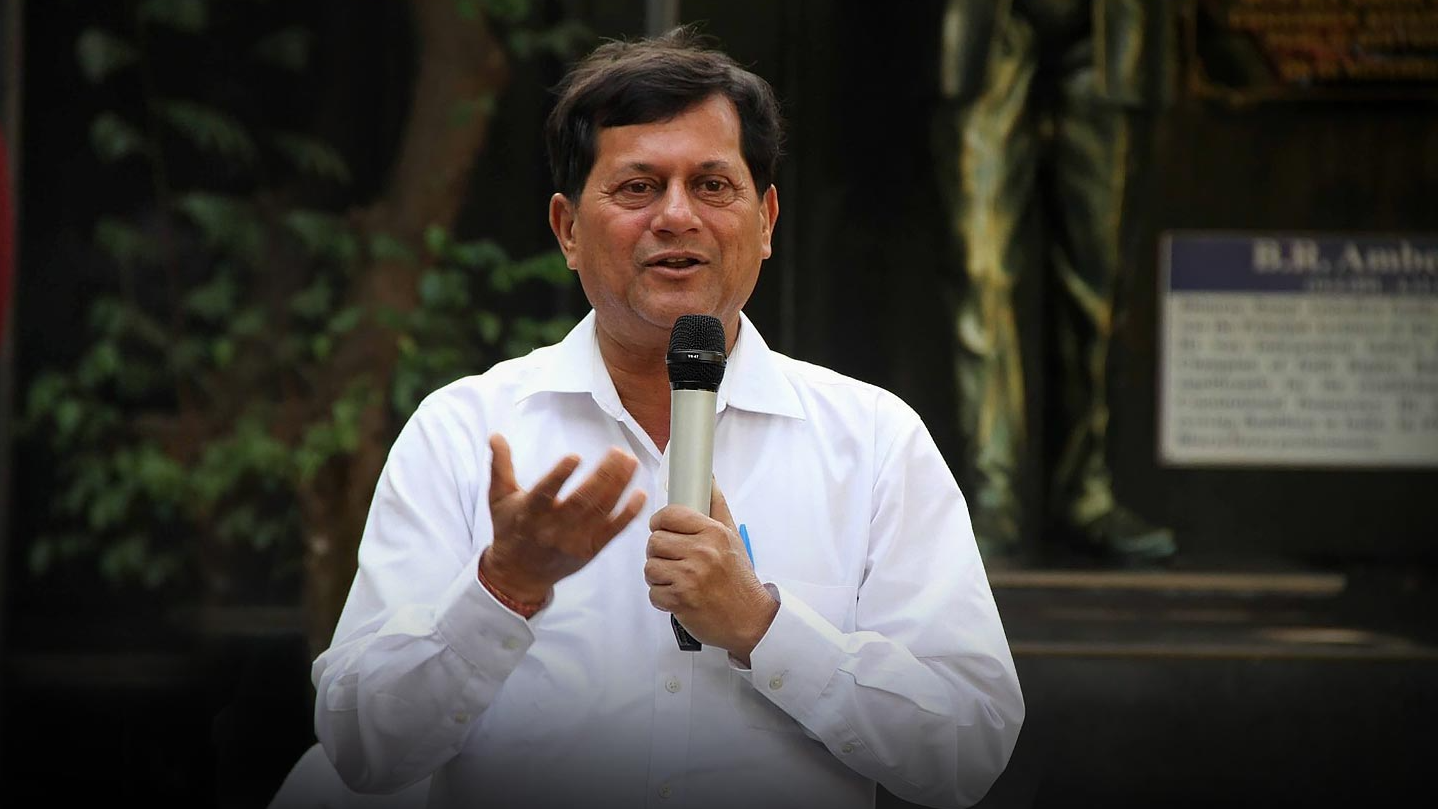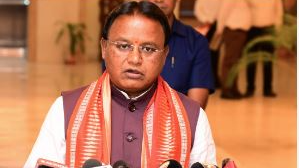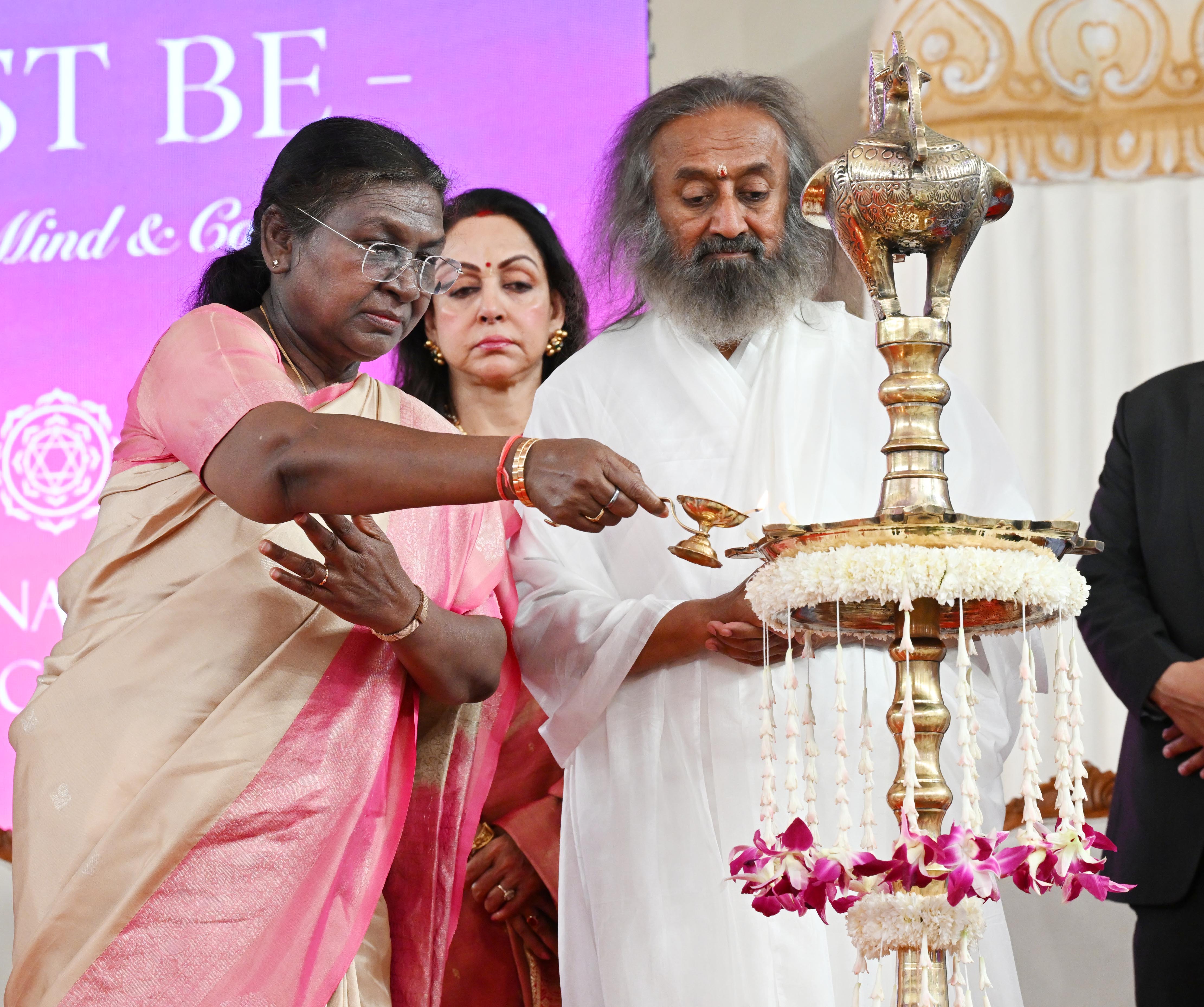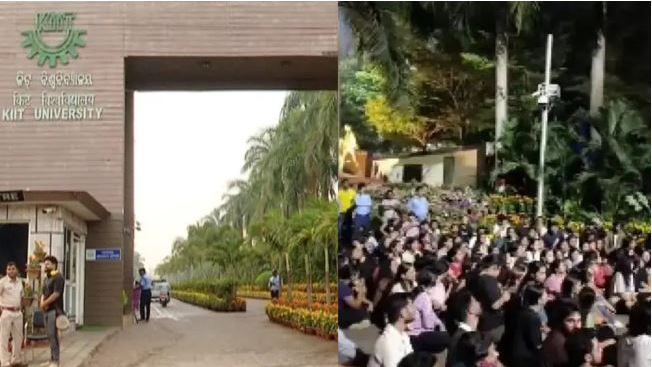Bhubaneswar: Subhadra Yojana was the election winner for the Odisha BJP. And post government formation it has become the most ambitious programme of the any government in the State.
As on date, the first instalment of direct tax transfer amounting to Rs 5000 has been benefitted by as many as 80 lakh women, though the total registrations under the scheme stood at over 1.05cr, which accounts for 66% of the total women voters who have participated in last election (2024)
As per the data with Election Commission of India, women voters in Odisha stood at over 1.66 crores (18-plus age group).
WHY ONLY 63% VOTERS AVAILED SUBADHRA YOJANA?
The exclusion of around 61 lakh women voter from the scheme has been due to the following.
- As per scheme details, Women covered under the food security schemes of State (SFSS) and Centre (NFSA) (which means all BPL households), and women not having any NFSA/SFSS card, are also eligible, provided their annual income is below Rs 2.5 lakh.
- The age limit is 21-60 years.
WHAT BIG SBI REVEALED?
In its latest report titled “prelude to Union Budget 2025-26, the nation’s largest public sector bank research report has stated that among all the states, Odisha is better placed (means financially sound) to implement the direct cash transfer scheme for women – Subadhra Yojana.
It says, “With Odisha generating higher non-tax revenue as a proportion in its total revenue receipts, has the fiscal capacity to pay such populist scheme – Subhadra Yojana.
The report has stated that how despite implementing the scheme, the State government is managing its finances well without resorting to market borrowings, despite the populist scheme taxing 4% of State’s total revenue receipts.
Here is what SBI report stated.
TABLE – 1
SUBHADRA YOJANA | Rs 50,000 over 5-yrs to women aged 21-60yrs | ALLOCATION MADE: RS 10,000cr | REVENUE RECEIPTS: Rs 2.11 Lakh Cr | % of REVENUE RECEIPTS – 4% |
As per the SBI report, among all states provisioning such women transfer schemes, the allocation on such scheme has been the lowest in Odisha, and at the same time it's taxing on the revenue receipts has been the lowest in the country.
TABLE – 3: The SBI report also shows that despite implementing the scheme, its impact on Odisha market borrowing programme has been minimal.
STATE | FY 14 | FY 24 | FY 25 (upto JAN 22) | FY 24 times (X) of FY 14 |
ODISHA | 0.05 Lakh Cr | 0000000000 | 0.01 Lakh Cr | 0 |
|
|
|
|
|
A glance at the above table shows, the gross market borrowings by Odisha till Jan 22, 2025 has been only around Rs 0.1lakh cr, which is far less than the market borrowings by the then govt in 2014.
SUBHADRA IMPACT ON FISCAL HEALTH
As per the SBI report, the implementation of the scheme has little impact on State’s fiscal health. The reports measures increase in revenue surplus status of the State, notwithstanding its implementation.
View the table below.
STATE | REVENUE SURPLUS (%of GSDP) IN FY 14 | REVENUE SURPLUS (%of GSDP) IN FY 24 (RE) | REVENUE SURPLUS (%of GSDP) IN FY 25 (BE) | INCREASE IN BASIS POINTS (BPS) between FY24/FY14 |
ODISHA | 1.2 | 2.6 | 2.9 | 140 |
A glance at the above table shows how despite implementation of Subhadra Yojana, the State’s revenue surplus has increased by 140 basis points in the year 2024 vis-a-vis 2014, which shows little financial impact on the State’s financial chest.
HOW MUCH GOOD NEWS DURING MAKE IN ODISHA CONCLAVE?
As per the canons of the private investment, investors – local and global – flock into a State if it has the macroeconomic and political stability and proportion of subsidy is less in GSDP.
The SBI report shows despite implementing populist scheme Subhadra Yojana, it has dented little on the macroeconomic stability of the State, and at the same it also hints at political stability, unless some drastic happens.






